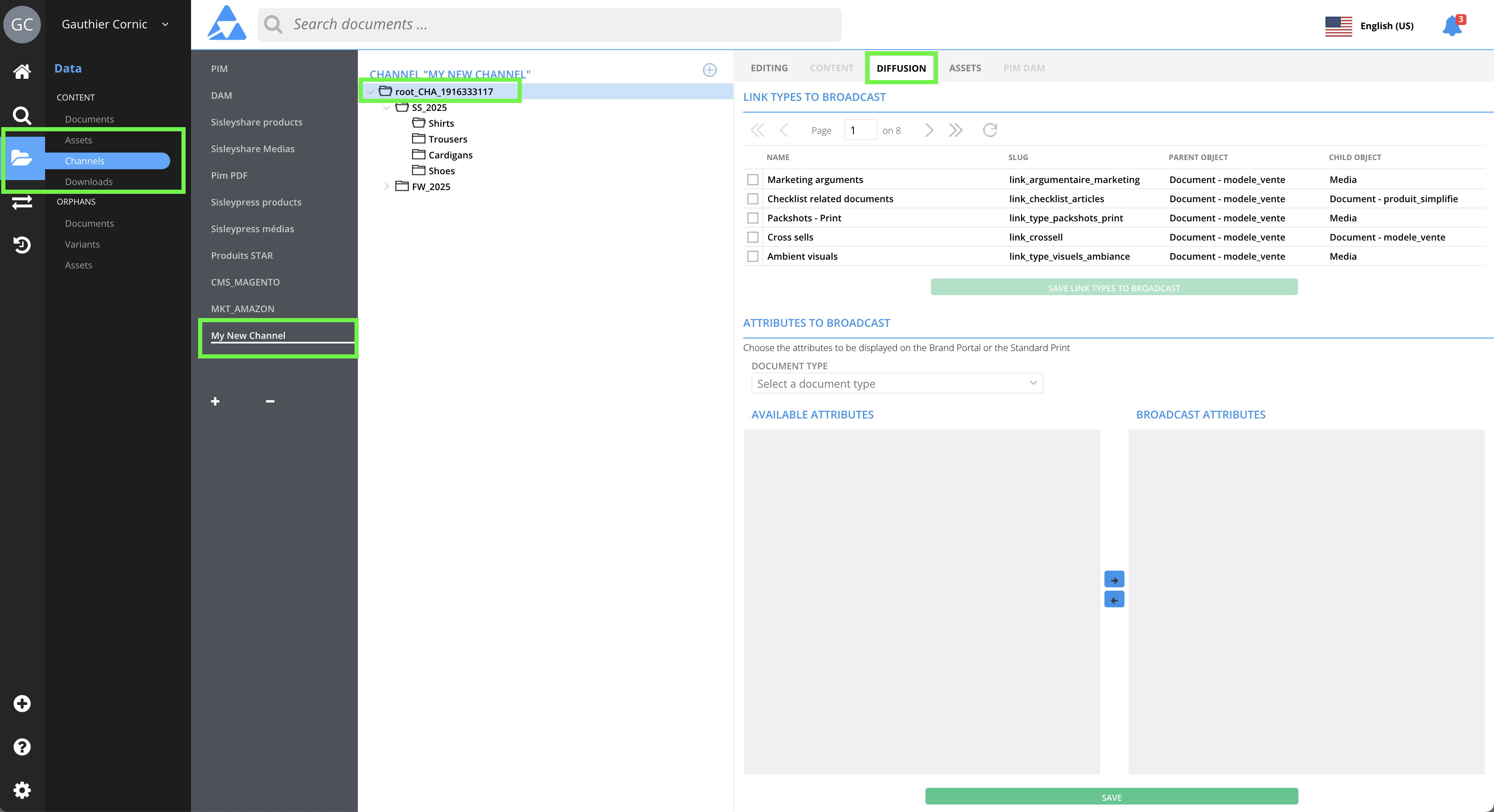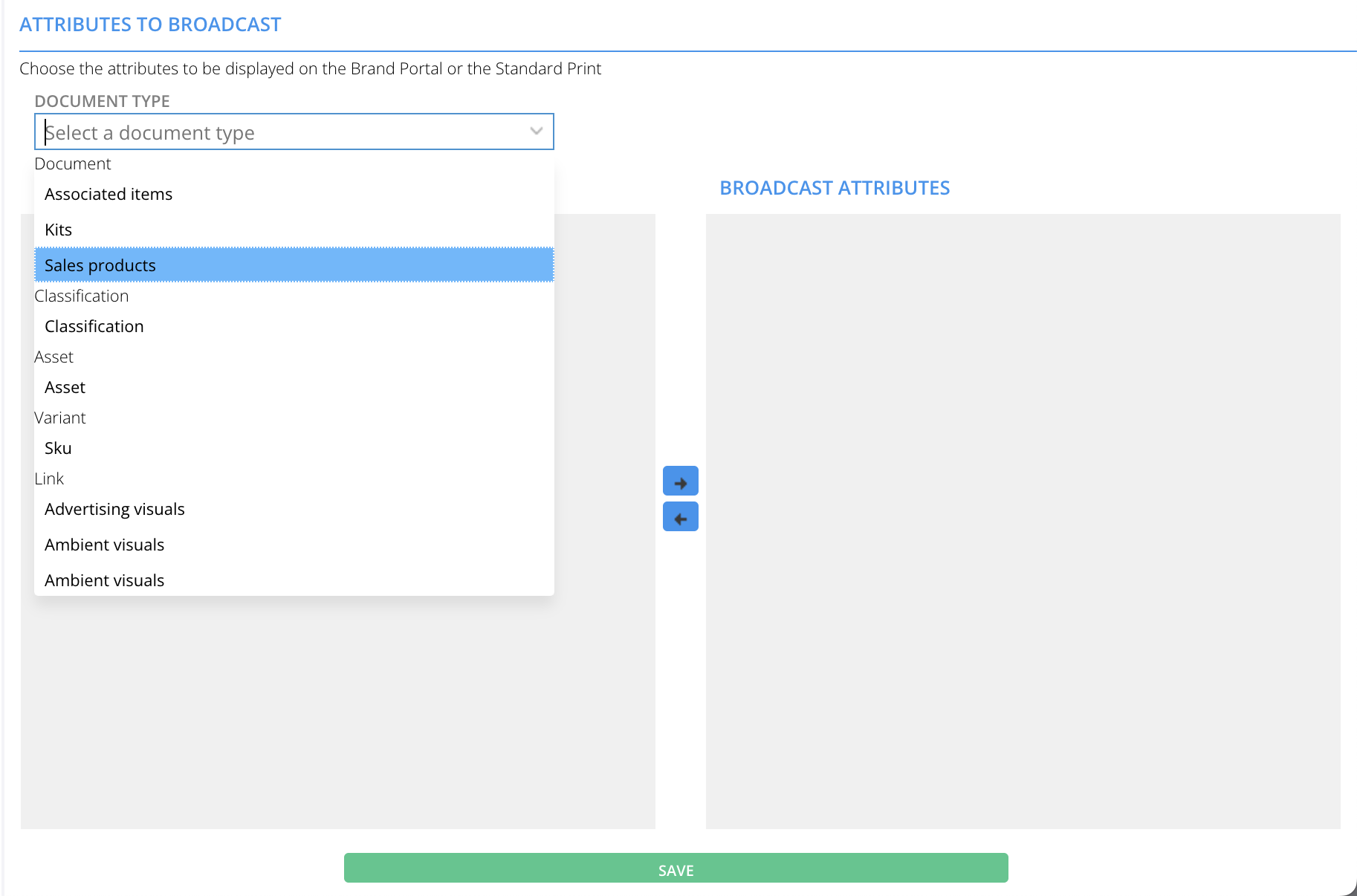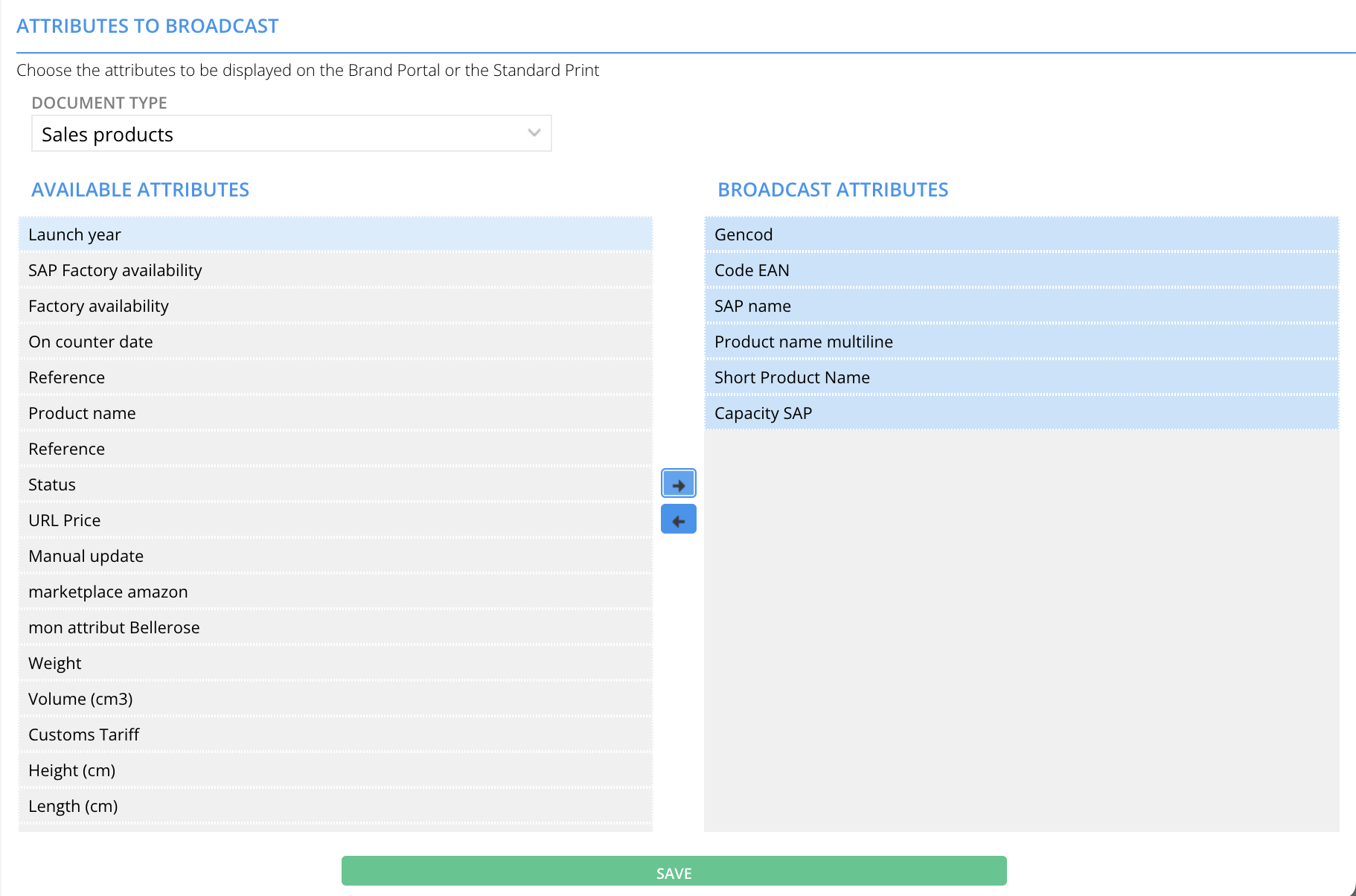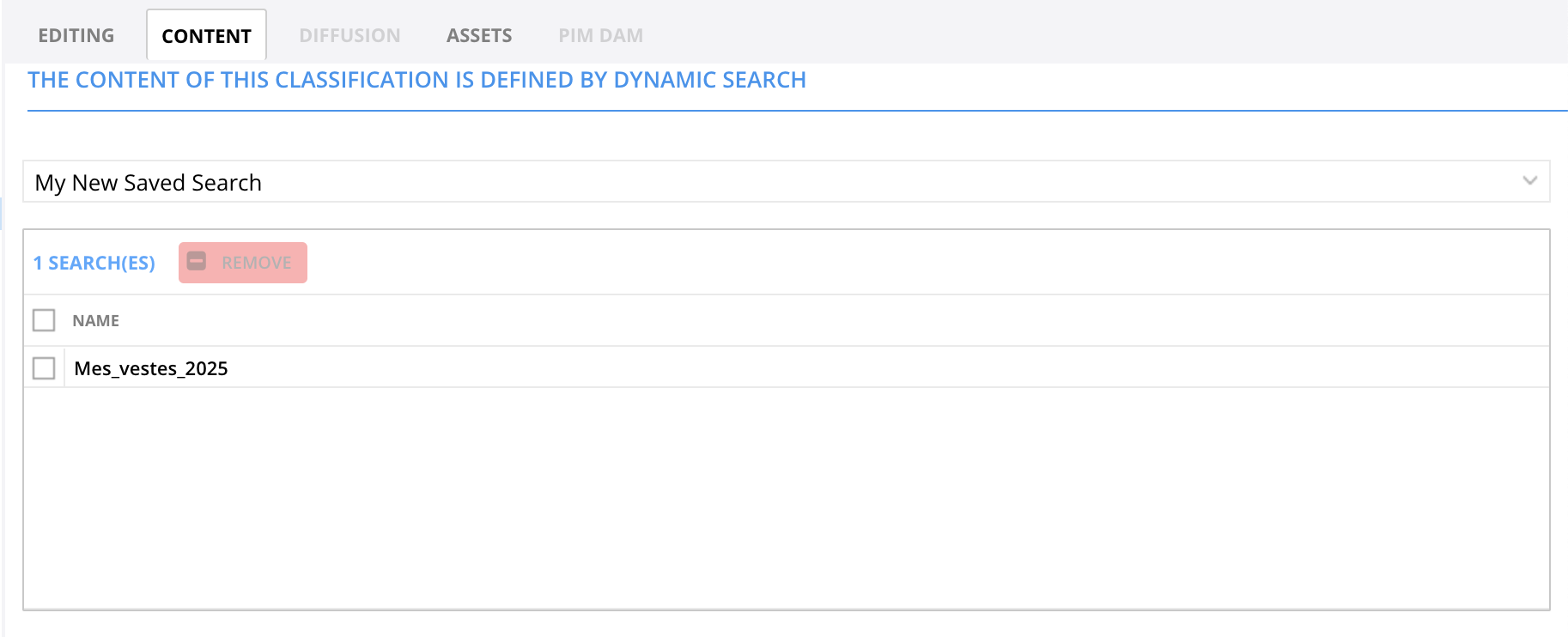Managing Data and Content Distributed in a Channel
Learning Objectives
- Customize data distribution: Configure the information and files shared through your channels to meet specific needs.
- Manage content distribution: Easily add, modify, or remove product sheets and assets using two distinct selection methods.
Now that you know how to:
- Configure distribution channels,
- Set up their classifications,
- Create saved search lists,
let’s explore how to manage distributed content—i.e., product sheets, assets, and associated data. The Quable PIM gives you full control over the information you choose to share. You can:
- Customize the distributed data:
- Associated attributes,
- Links to assets and related documents.
- Select the content to distribute:
- Product sheets,
- Assets.
Good to know
- You can select which product sheets to distribute for each classification node within a distribution channel.
- However, data customization remains uniform across the entire channel.
All these settings ensure a personalized and tailored distribution for each of your channels.
How to proceed? Follow the steps below.
1. Distributed Data
LimitationsThe link and attribute distribution settings described here apply only to API channels. Channels distributed via flat file data feeds are excluded.
Data distribution settings apply uniformly across the entire distribution channel throughout the classification hierarchy. These settings allow you to configure the distribution of:
- Links to assets and other associated documents.
- Attributes related to product sheets (and their variants), assets, classifications, and other linked documents.
To define the data you wish to distribute, use the Diffusion tab, accessible only at the Root node level of the classification hierarchy.
Good to know
- Configuring distributed data is essential. If no settings are applied, no product sheet or assets will be distributed.
- The principle is simple: only checked data will be distributed. Unchecked data will not be included.
a. Select the types of links to distribute
Follow these steps to configure the types of links to be distributed:
-
Go to the Data > Channels page and select the desired distribution channel.
-
Select the Root classification node of the hierarchy.
-
Click on the Diffusion tab in the right sidebar.

- In the top section of the panel, choose the links to distribute by checking the corresponding boxes for assets and other associated documents.

Good to know
- If multiple links are available, several pages may be displayed. Use the navigation arrows to browse through them.
- Click Save link types to broadcast to confirm your settings.
b. Select the attributes to distribute
Follow these steps to configure the attributes to distribute:
- Still in the Diffusion tab of the right sidebar, access the document type dropdown menu.
- Select the document type for which you want to configure the distributed attributes.

- Move attributes from the Available Attributes column to the Broadcast Attributes column.

Good to know
- Repeat this process for each document type and for each object (classification, assets, variant, link).
- To speed up configuration, you can select multiple attributes at once.
- Click Save to confirm your settings.
That’s it! You now know how to precisely configure data distribution by defining links and associated content, as well as attributes for each shared object type.
2. Distributed Content
You will now define the content—i.e., select the product sheets or assets to distribute in each classification node of your distribution channel.
Unlike data distribution settings, the selection of product sheets and assets is customizable at each node of the classification hierarchy.
To define the selection method you want to use:
- Go to the Data > Channels page and select the desired distribution channel.
- Select the classification node where you will distribute content.
- In the dropdown menu under "Content defined by", choose the content selection method.
There are two methods for defining content:
- Manual selection: Choose each content item individually.
- Dynamic search: Use saved search lists to automate content distribution.

Good to knowThe channel type determines the content you can distribute:
- Document Channels: Only product sheets can be added.
- Assets Channels: Only assets content can be added.
a. Manual Selection
- In the dropdown menu under "Content defined by", choose "Manual selection".
- Click "Save" at the bottom of the window to confirm.
- Then, click on the "Content" tab of the classification node.
- In the search bar, enter the name or code of the content to add, then press Enter to validate.
- Repeat the process to add all the content you want to distribute in this classification node.

Good to know
- Content appears in the order it is added. This order determines its position in the list.
- You can rearrange content by dragging and dropping within the list.
- To remove content, check its box and click "Remove".
- Manual selection lists are static: only manual modifications allow adding, removing, or modifying content.
Repeat the process for all classification nodes where you want to distribute content manually.
b. Dynamic Search
In the previous chapter, you learned how to create saved search lists for use in distribution channels. Now, let’s see how to integrate them directly into these channels.
- In the dropdown menu under "Content defined by", choose "Dynamic search".
- Click "Save" at the bottom of the window to confirm.
- Then, click on the "Content" tab of the classification node.
- In the search bar, enter the name of the saved search, then press Enter.
- Repeat the process to add other saved search lists you want to distribute in this classification node of the channel.

Good to know
- Dynamic searches automatically distribute content based on saved search list results.
- The displayed results depend on the filters configured when creating the saved search list.
Repeat the process for all classification nodes where you want to distribute dynamic search content.
SummaryManaging Distributed Data:
- Only apply for data distributed through API.
- Data management is performed at the root node (Root).
- Configure links to assets and related documents.
- Select distributed attributes by document type, variants, classifications, and assets.
- Data distribution is uniform across the channel.
Managing Distributed Content:
- Document Channels distribute only product sheets.
- Assets Channels distribute only assets.
- Content selection is adjustable at each classification node.
- Two methods for adding content in channel classifications:
- Manual selection: Static addition with full control over content order.
- Dynamic search: Uses saved lists for automatic updates based on defined criteria.
Next Chapter
🎉 Congratulations! You have completed the module "Creating Data Distribution Channels." Continue your learning journey by exploring the next module in the Contributor Training.
Updated 20 days ago
